Carlos Hathcock is a legend in the world of military snipers. His precision, stealth, and patience has earned him a nearly mythical status during the Vietnam War where he recorded 93 confirmed kills.
Hathcock wasn’t just known for his incredible marksmanship but also for his contributions to sniper training and tactics.
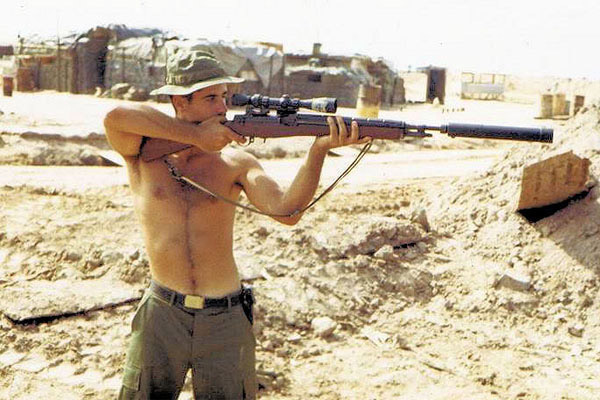

Who Was Carlos Hathcock?
Carlos Hathcock was born into a modest family in Little Rock, Arkansas, on May 20, 1942.
Growing up in the rural South, Hathcock’s childhood was filled with hunting and marksmanship, which were not just hobbies but skills needed to put food on the table and protect the family farm from rodents and crows.
From a very young age Hathcock spent countless hours outdoors in the woods around his home, pretending to hunt imaginary Japanese soldiers with a German Mauser his father brought back from Europe during his time in World War II.
It was his father who introduced him to firearms, teaching him not only how to shoot but also how to handle weapons responsibly.
Growing up hunting for food taught young Hathcock to be patient, to wait for the perfect moment before taking a shot. He learned to stay motionless and silent for hours, even learning to control his breathing.
He took advantage of his natural surroundings, using nature to blend into his surroundings. These experiences would come in handy later during his time in Vietnam.
Hathcock became such a great shot that he participated in local shooting competitions, where he quickly distinguished himself as a skilled marksman. He became sort of a local celebrity in his hometown known for his shooting prowess.
These competitions provided Hathcock not only with a venue to refine his skills but also with early recognition and confidence, which would push him to pursue greater challenges.
Enlistment In The United States Marines
Carlos Hathcock was born into a family with a long history of military service. It was his destiny to enlist in the Marines and serve his country. Hathcock was chomping at the bit and as soon as he turned 17 he made the decision to enlist.
During bootcamp, Hatchock quickly stood out from his peers and got the attention of his instructors. After completing basic training, Hathcock was deployed to Vietnam and assigned to serve as a military police (MP) officer.
As an MP, Hathcock was responsible for enforcing military laws and regulations, providing security, maintaining order, and even investigating crimes within the Marine Corps camps.
The position required a keen sense of alertness and the ability to respond swiftly and decisively to emergencies, skills that Hathcock had honed in the backwoods of Arkansas.
The Role Of The Sniper In Vietnam
The terrain in Vietnam was very different from the environments typically encountered by the U.S. Marines. Instead of open fields or city streets, this warzone was covered in dense mosquito-filled jungles, rugged mountains, and vast open wetlands.
Allied forces were not trained to fight in these types of conditions, and these obstacles rendered the tanks and heavy weapons—hallmarks of American military strength—ineffective.

However, this landscape did favor the guerrilla tactics employed by the North Vietnamese and Viet Cong forces, who were masters at blending into the natural environment and picking off soldiers from concealed positions.
In this type of environment, traditional combat strategies were less effective. The thick jungle canopy blocked the sun, making it difficult for ground troops to see the enemy. The muddy, uneven terrain made progress agonizingly slow.
Military strategists saw the need for a shift in how they approached this war. Instead of run and gun, this type of environment required stealth and precision.
The use of snipers helped to level the playing field for Allied Forces. It also instilled a sort of psychological warfare; The ever-present danger of an unseen sniper could instill anxiety and fear among enemy troops.
This is how the role of the sniper became a valuable asset in the Vietnam War. Snipers like Carlos Hathcock could utilize their skills to turn the challenging terrain into an advantage.
The years he spent hunting as a child had given him the ability to remain hidden in the dense foliage, patiently waiting for the perfect shot.
Underestimated Value Of The Sniper At Home
During the Vietnam War, snipers were highly prized due to their ability to surgically remove high-priority targets. This single act could severely disrupt enemy operations with minimal risk to civilian lives.
Back home, in Washington, the public and the media were more obsessed with body counts and territories lost and gained rather than the achievement of any one person.
The war’s portrayal in the media and political discussions usually talked about large battles and overall casualty figures, which were more visible and easier for politicians to sell the war to the public.
While snipers were effective at removing leaders, lowering enemy morale, and gathering critical intelligence, these actions were less exciting and often went unrecognized.
Military Achievements
During his deployment in Vietnam, Carlos Hathcock proved himself to be an exceptional sniper.
As word of the deadly American sniper made its way through the North Vietnamese camps, his name became legendary. They gave him the nickname “White Feather” because of the white feather he always wore in his hat.
Hatchcock’s superiors were more than impressed with how good a shot he was and saw the potential for using him in some of the most challenging and high-profile missions in the Vietnam War.

His reputation as a sharpshooter grew quickly within the ranks of the U.S. Marine Corps, as he demonstrated not only unparalleled marksmanship but also strategic thinking and the ability to remain composed under pressure.
One of his most famous missions was the take down of an enemy general. In order to get the shot, Hathcock had to crawl over 1,500 yards of open terrain. He would only move at night, moving inch by inch.
During the day, he had to stay perfectly still and blend in with the surrounding grass to avoid being spotted by enemy troops. To maintain his cover and precision, he could not sleep.
After four days and three nights without food, water, or sleep, Hathcock reached a position where he had a clear sight of the general’s encampment. He waited for the perfect moment and took the shot.
But his mission was not over yet. He still had to exfiltrate the area using a similar method to avoid being seen by the enemy.
The Cobra
The North Vietnamese had a secret weapon of their own. Known as “The Cobra”, he was by all accounts the Vietnamese equivalent to Hathcock. He had already taken out a number of Marines, and rumor had it that his next target was Hathcock.
According to Hathcock, he and his spotter, John Roland Burke, had tracked “The Cobra” down and knew that he was in the area. Hatchcock and Burke lay perfectly still, waiting for the slightest movement that would give away the enemy’s position.
Then he saw something, a glint of light off the enemy sniper’s scope. Reacting with ninja-like precision, Hathcock fired a shot that traveled through the enemy’s scope and hit the sniper in the eye.
This particular shot is one of the most famous feats in sniping history, and cemented Hathcock’s name as a historical military figure.
End Of His Military Career
One day, during a mission in 1969, Hathcock’s armored personnel carrier ran over an anti-tank mine. Hathcock found himself badly burned but alive. He ran back into the burning vehicle and managed to rescue several of his fellow Marines.
This act of courage came at a price, significantly worsening his injuries and causing severe burns that covered 40% of his body. The incident effectively ended his combat role and forced his evacuation back to the United States for medical treatment.
Throughout his military career, Hathcock earned numerous awards for his bravery and expertise. Among these are the Silver Star Medal for gallantry in action, multiple Purple Hearts for injuries sustained in combat, the Bronze Star, and the Navy and Marine Corps Commendation Medal.

Techniques And Tactics: The Hathcock Way
Carlos Hathcock’s approach to sniping was so original and innovative that he set a new standard for sniper tactics in the military. His techniques and tactics have influenced military and law enforcement snipers worldwide.
Stealth and Camouflage: Hathcock was a pioneer in the use of the “Ghillie suit,” a type of camouflage clothing designed to blend with the natural environment.
Patience and Precision: Hathcock was known to spend hours or even days in a single position, waiting for the perfect shot.
Field Craft and Awareness: He had an acute awareness of his surroundings, which allowed him to make precise calculations about the wind speed, humidity, and other environmental factors that would affect the path of the bullet.
Mentorship and Training: After his combat career, Hathcock dedicated himself to training other snipers, imparting his knowledge and skills to the next generation by founding the U.S. Marine Corps Scout Sniper School, where he developed training programs that are still being taught today.
Post-War Struggles And Health Issues
After returning to the United States, Carlos Hathcock faced significant challenges adapting back to civilian life. Like many war veterans, the physical and psychological toll of his wartime experiences had left lasting scars.
His most immediate and visible post-war struggle stemmed from the severe burns he sustained during the mine explosion that ended his active combat career. Covering 40% of his body, these burns required long-term medical treatment.
The recovery process was grueling and long, involving multiple surgeries and extensive rehabilitation.
Hathcock also suffered from chronic pain, a common outcome for severe burn victims. The damage to his skin and nerves required ongoing medical care, which contributed to other health complications as he got older, including difficulty walking and doing routine physical activities.
Like many veterans, Hathcock experienced symptoms of what would now be diagnosed as Post-Traumatic Stress Disorder (PTSD). The intensity and horrors of combat, coupled with the pressure of his role as a sniper, left permanent emotional scars.
The Legacy Of Carlos Hathcock
Hathcock’s contributions revolutionized the role of the sniper in modern warfare. His methodical approach to stalking targets have become foundational elements in sniper training programs.
His legacy also lives on in the curriculum of the U.S. Marine Corps Scout Sniper School, which he helped establish.
Perhaps one of the most visible legacies that Hathcock made to the military was his adaptation of the M2 .50 caliber Browning machine gun into a sniper rifle. To do this, he mounted a telescopic sight to the machine gun, this allowed him to hit targets that were out of reach for regular sniper rifles.
It is because of this invention that the .50 caliber sniper rifle became a standard part of military arsenals. One of the most notable examples of this is the Barrett M82.
Hathcock’s legacy is honored through various prestigious awards and recognitions. The Gunnery Sergeant Carlos Hathcock Award is awarded annually by the National Defense Industrial Association.
Carlos Hathcock passed away on February 22, 1999, at the age of 56, due to complications from multiple sclerosis.
Sources
https://www.military.com/marine-corps-birthday/carlos-hathcock-famous-marine-corps-sniper.html
https://news.va.gov/73584/white-feather-sniper-carlos-hathcock
https://encyclopediaofarkansas.net/entries/carlos-norman-gunny-hathcock-ii-2630

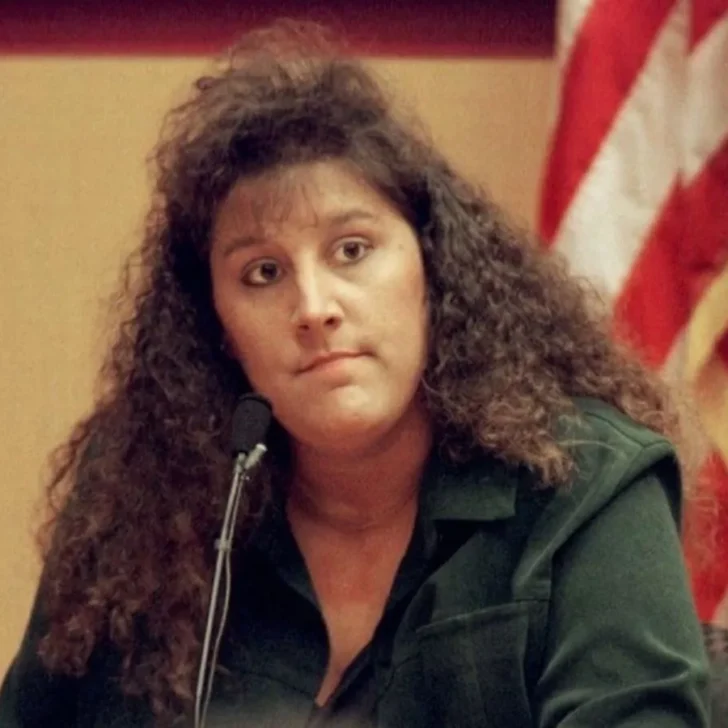
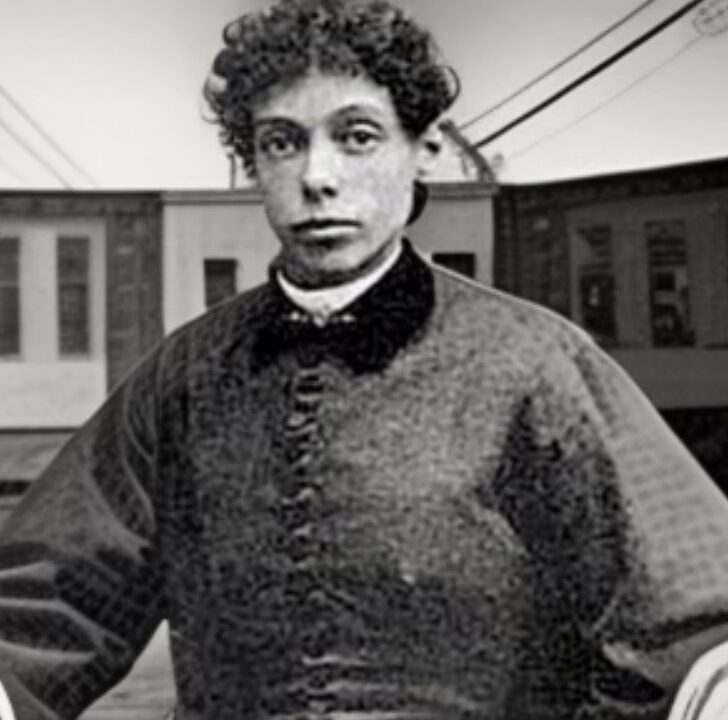
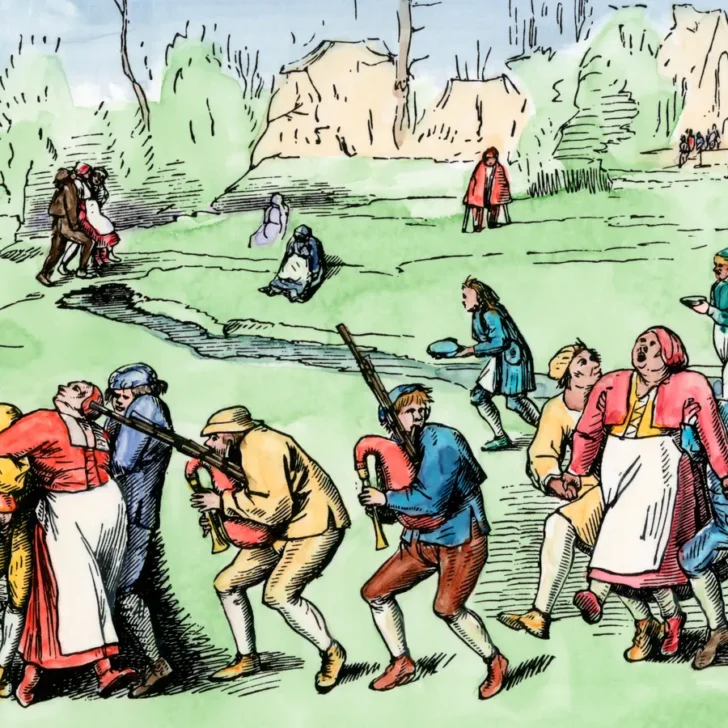
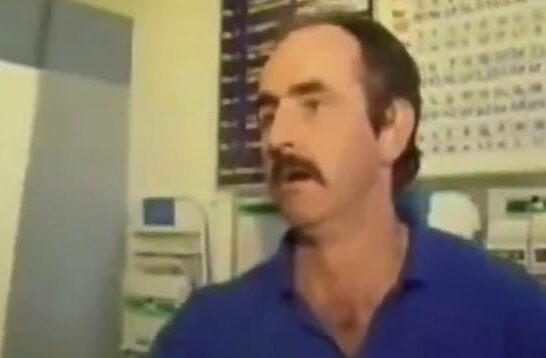
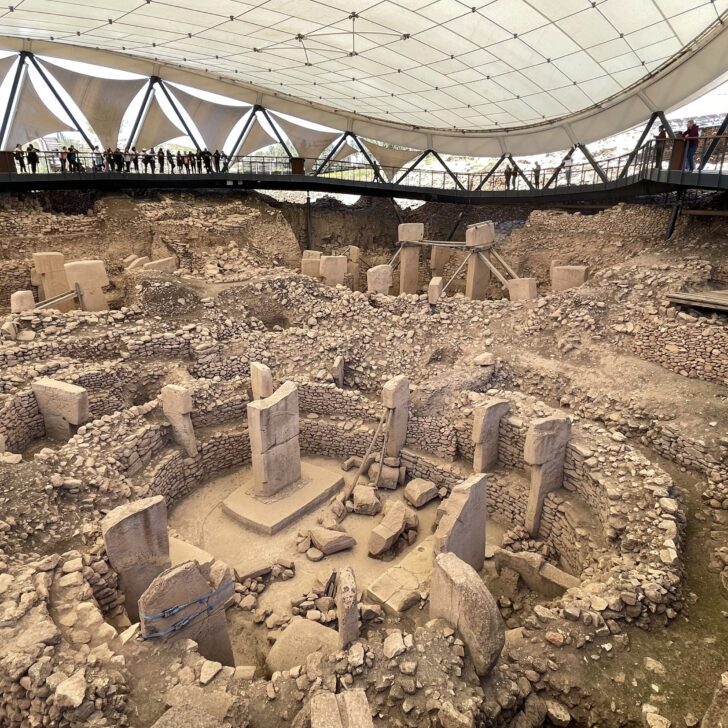
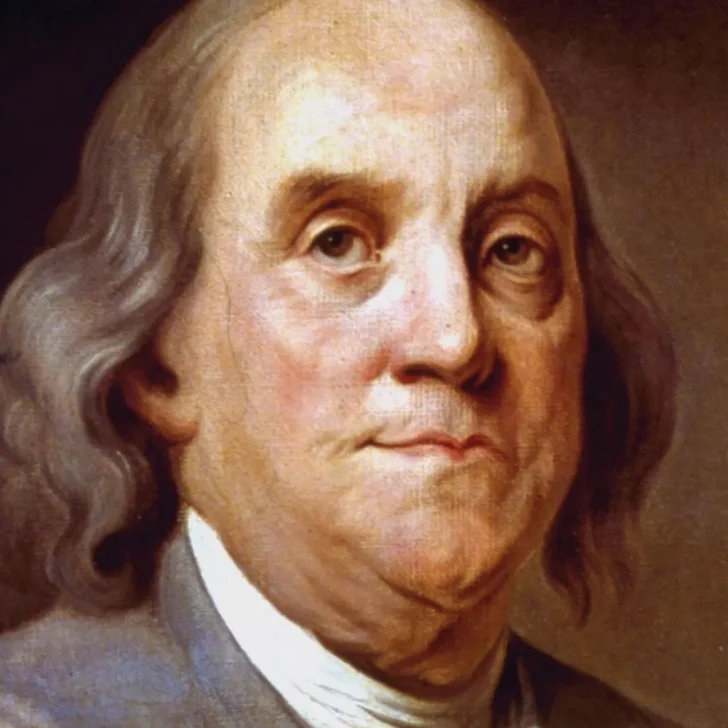
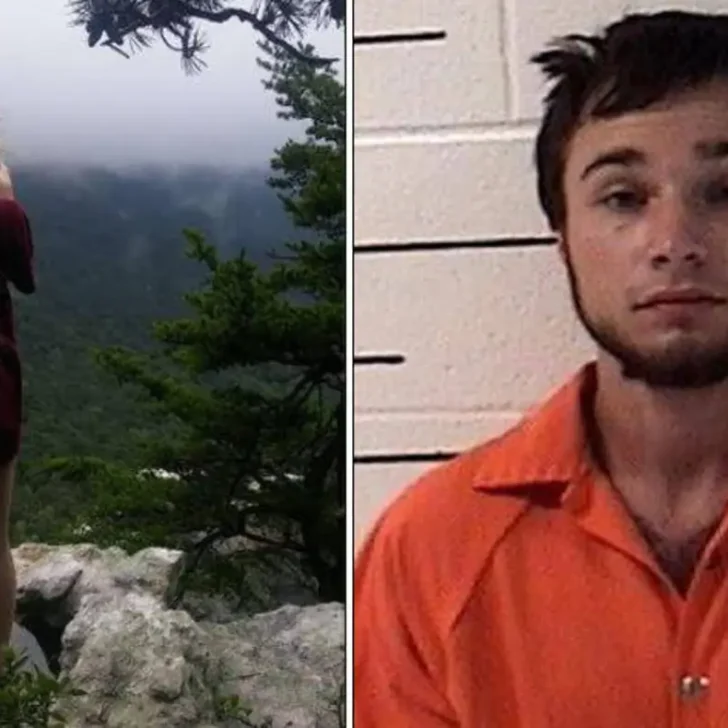

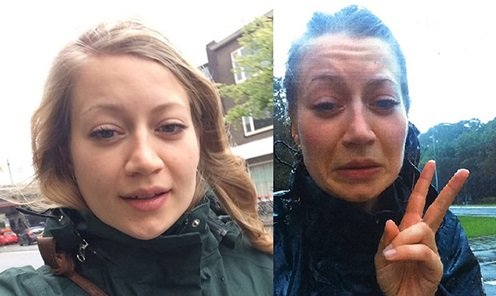
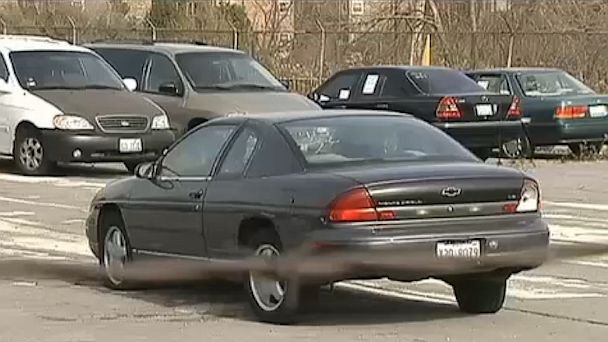
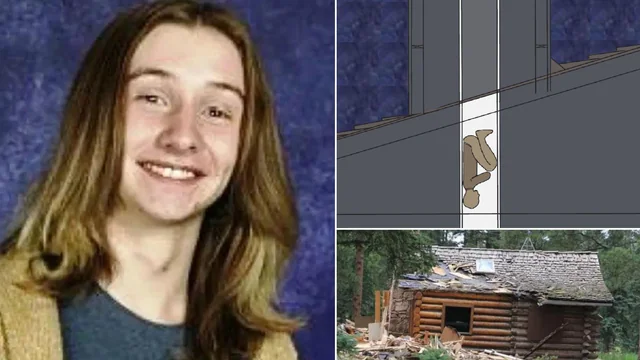
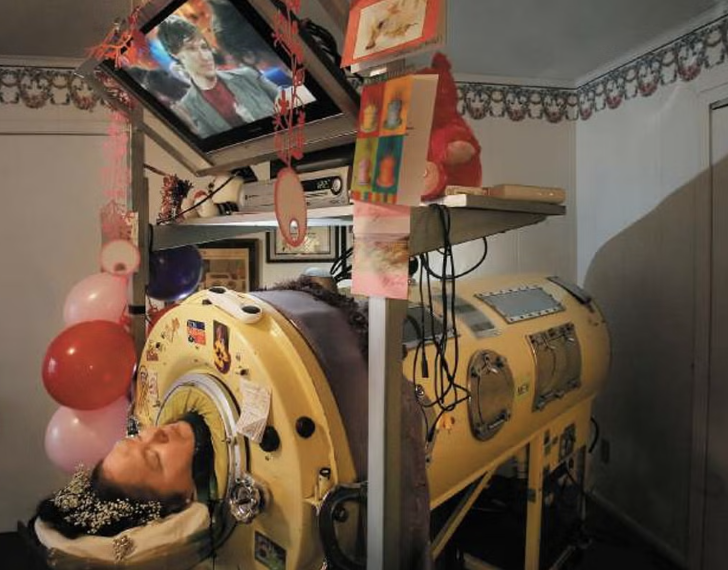
Leave a comment